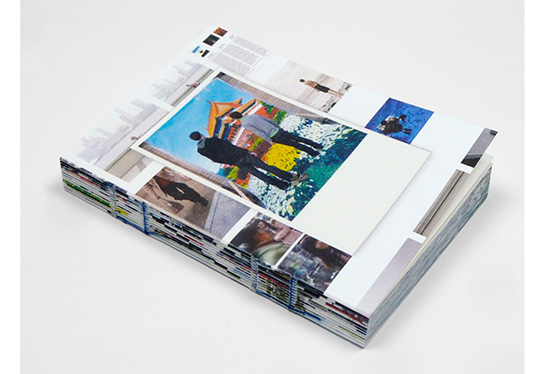Review: HITS by WassinkLundgren

If you’re a conceptual photographer, chances are you’ll be either ignored or misunderstood (or both) by large segments of photoland. Take Dutch photography duo WassinkLundren (Thijs groot Wassink and Ruben Lundgren). It’s probably fair to say that some reactions to their piece Empty Bottles were, well, a bit unhinged, especially given the book won an award. If you’re curious about how the work was discussed this blog post provides a good, honest starting point. If you want to see some of the less productive reactions, you’ll have to Google them yourself. (more)
In a nutshell, conceptual photography does not follow the same rules as, let’s say, family photography or photojournalism. That means that you cannot really approach or judge it the same way, either. Phrased differently, if you use the same approach you run the risk of creating a very weird discussion. Speaking about Empty Bottles, in a conversation included in a new survey of their work, HITS, WassinkLundren describe their approach as “conceptual documentary photography” (which, undoubtedly, instantly invites more controversy and mock outrage), saying that they are “interested in documenting the world around us, but also in the rules of the medium that we’re using to document this world.”
Not to ruffle any more feathers than I already did, but… Oh, I might as well go there: I have the feeling photojournalism would be a bit better off if there was more awareness not just of the profession’s rules but also, and crucially, of “the rules of the medium that we’re using to document this world.” I’ve extensively written about just that, on this website, and there is no need to go into details here. As a matter of fact, I do believe very strongly that any photographer needs to understand the rules of her/his medium, regardless of what they’re doing.
The aforementioned HITS offers a neat view into the world of WassinkLundren. A survey of their work, it presents the images in the form of parts of Google Image Search results, adding yet another conceptual layer on top of everything (plus quite a bit of playfulness, given the search engine’s shortcomings). The book itself is the complete opposite of what you’d expect such a survey to be (a big, gazillion-page hardcover). It’s a very small softcover (8.5x12cm or 3 1/4x4 3/4”). The publisher’s website calls the content “100 digital breadcrumbs” - an apt and simple description, which also hints at the often surprising amount of playfulness conceptual photography uses (of course, that’s often buried underneath a mountain of art-theoretical pretense).
HITS thus invites the viewer into WassinkLundren’s world. As I wrote above, to engage with conceptual photography means at least in part submitting to its rules. Engaging with a type of photography of course does not have to mean liking it. But only engagement can lead to understanding conceptual photography better, to then (afterwards) form an opinion about it - and to possibly compare it with other types of photography.
Hits; photographs by WassinkLundgren (via Google Image Search); 192 pages; Fw:; 2013